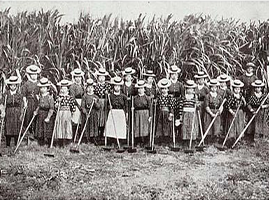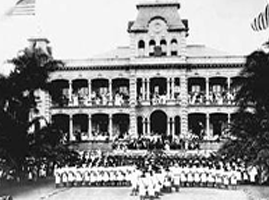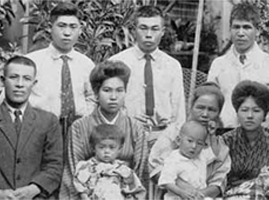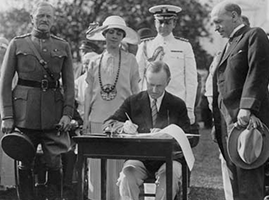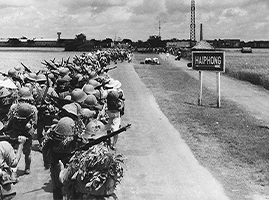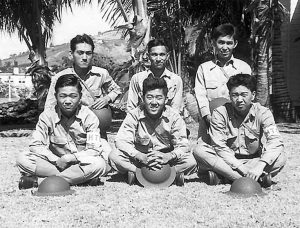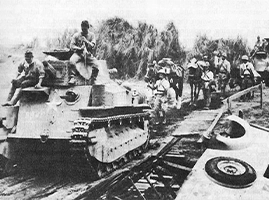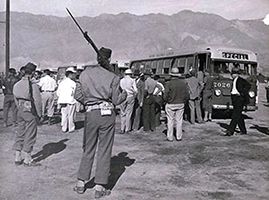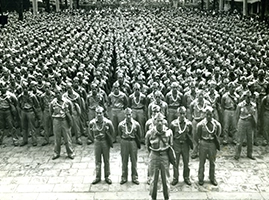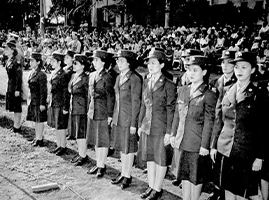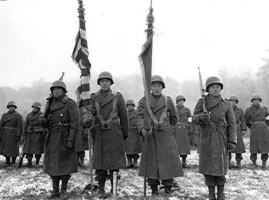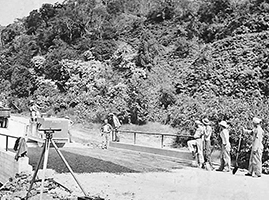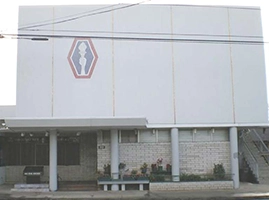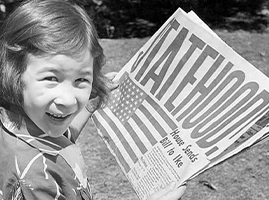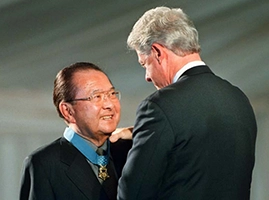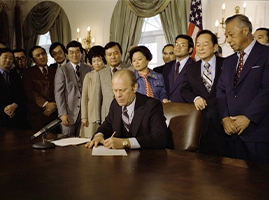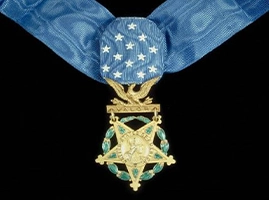Although Pearl Harbor served as the catalyst for the United States’ entry into World War II, Hawaii had been preparing for war well before the Dec. 7, 1941 attack. Americans of Japanese Ancestry (AJA) in Hawaii took part in this ramp up through military and community involvement.
After enlisting in the Hawaii National Guard, many AJAs in Hawaii spent several weeks in basic training at Schofield Barracks in the fall of 1940. Most of the 3,000 National Guard recruits were sent to the 298th and 299th Infantry Regiments, including about 1,300 AJAs. Another 200 Nisei were sent to Army engineer units. Many of these Japanese-American inductees had been part of ROTC programs at the University of Hawaii and local high schools.
Nisei soldiers remained active and committed in the military, thus laying the foundation for their future heroics in battle.
While the 299th Infantry helped construct military installations on Maui, Molokai, Kauai and Hawaii Island, the 298th Infantry remained on Oahu. After Japan’s assault on Pearl Harbor, all 298th Infantry members reported for duty.
Over the next six months, 298th soldiers performed various jobs around Oahu, including stringing barbed wire, patrolling beaches and building dugouts. The 299th soldiers had similar duties on other islands and continued to work on building military installations.
During the summer of 1942, 1,406 Japanese-American soldiers from the 298th and 299th Infantry Regiments (plus 26 from Combat Engineer Battalions), were transferred to a newly organized battalion that would subsequently be designated the 100th Infantry Battalion.
Despite the internment and rampant discrimination of AJAs, Nisei soldiers remained active and committed in the military, thus laying the foundation for their future heroics in battle.
Hawaii Council for Interracial Unity
The establishment of the Hawaii Council for Interracial Unity in December 1940 also paved the way for AJAs to counter the “enemy alien” designation and show their loyalty to the United States.
The group’s primary purpose was to involve AJAs in the war effort. The primary organizer was Hung Wai Ching, a YMCA secretary and businessman who advocated for the formation of the Varsity Victory Volunteers and the 442nd Regimental Combat Team. The group also included educator Shigeo Yoshida, University of Hawaii regent Charles Hemenway, McKinley High School Principal Miles Cary, FBI agent Robert L. Shivers and others.
Another advocate was John A. Burns, who later would become one of Hawaii’s most revered politicians.
On January 1, 1941, the Honolulu Police Department formed an Espionage Bureau, led by Capt. Burns, to work with the FBI in assessing the loyalty of the Japanese population in Hawaii. Through this assignment, Burns became a champion of the local Japanese-American community, fighting against the internment of Japanese-Americans after Pearl Harbor and helping them enlist in the 100th Infantry Battalion and the 442nd Regimental Combat Team.
Burn’s close involvement with various ethnic groups and the defense of their civil rights would later form the foundation of the Hawaii Democratic Party and get him elected as the State of Hawaii’s second governor.


Hung Wai Ching

John A. Burns
Pre WWII Hawaii Scenes & Pearl Harbor

Events (Oct 1940 – Jan 1941)
The 298th and 299th Infantry Regiments of Hawaii National Guard are federalized. Over the coming year, their ranks swell with 3,000 Hawaii draftees, half of them Nisei.
The Hawaii Council for Interracial Unity is established to prepare the Japanese-American community for impending war. YMCA Secretary Hung Wai Ching plays a major role in organizing this foundational interracial effort in Hawaii.
The Espionage Bureau is headed by Capt. John Burns, who would become a champion for the Japanese-American community.
PHOTOS COURTESY OF:
Tom Coffman
Ted Tsukiyama
Ted Tsukiyama
Tom Coffman


